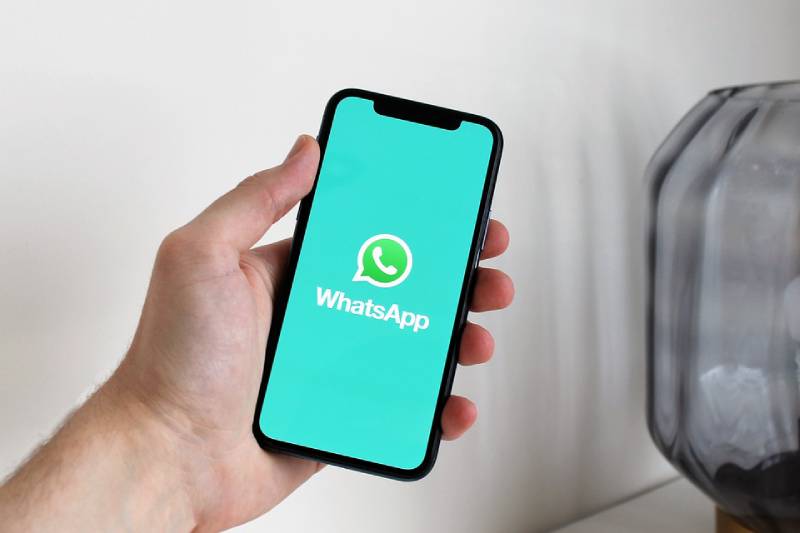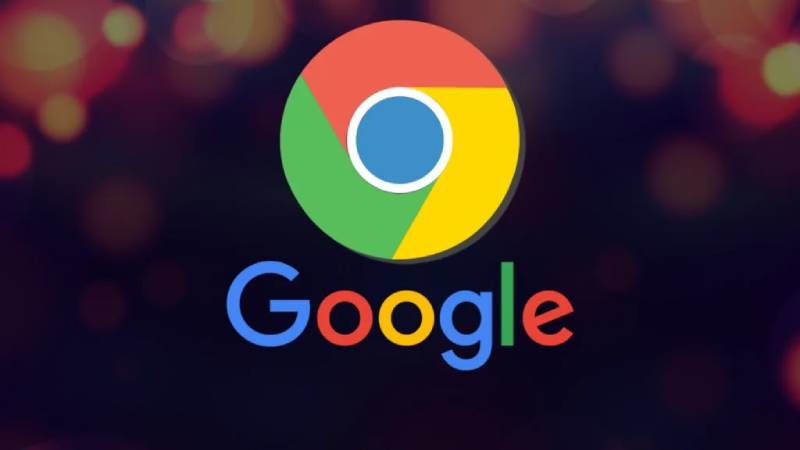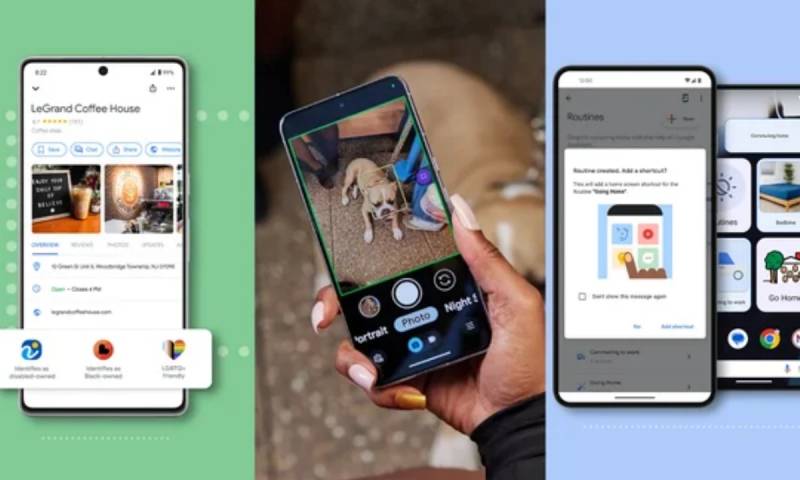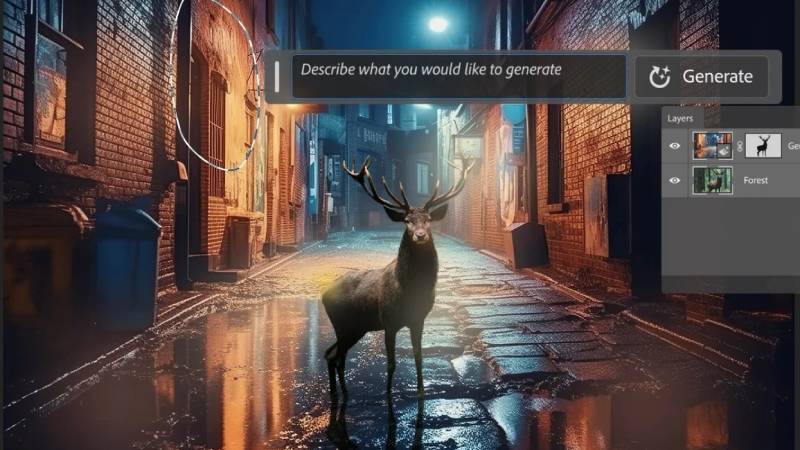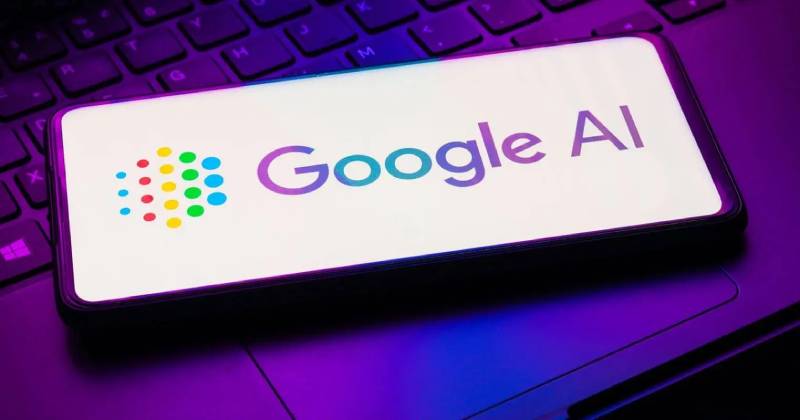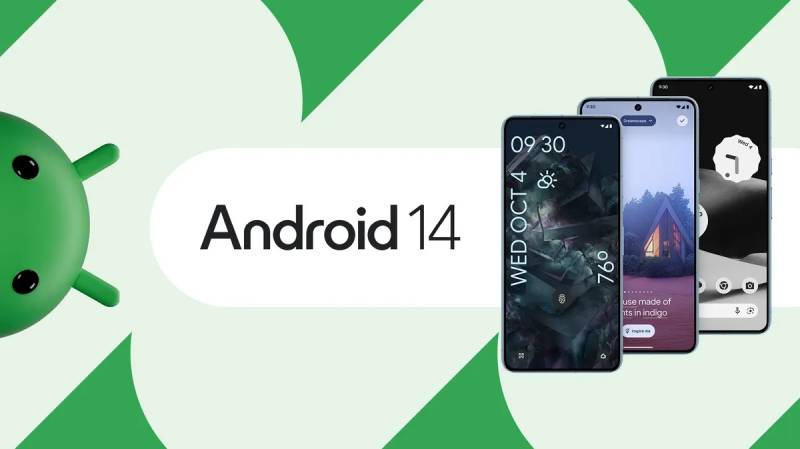The Face of Nintendo’s Transformation Is Super Mario Bros. Wonder
Nintendo is enjoying a highly successful year. “The Legend of Zelda: Tears of the Kingdom” achieved record-breaking success, and Switch sales continue to rise, even in the console’s sixth year. Additionally, the recent opening of Super Nintendo World at Universal Studios in California has been a significant milestone. However, these achievements pale in comparison to…


